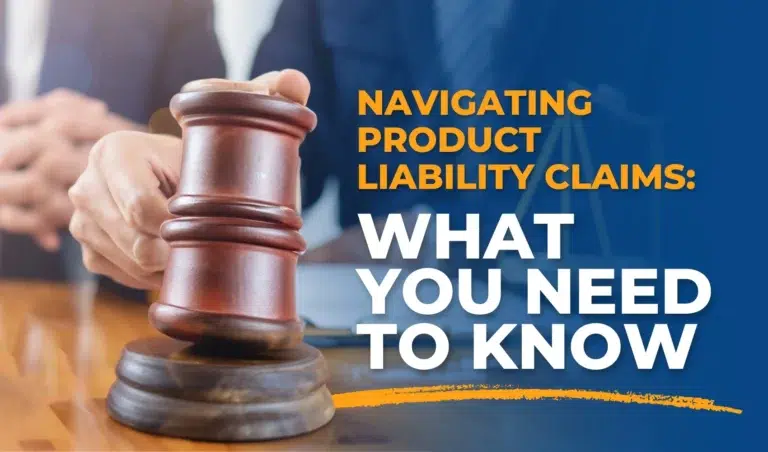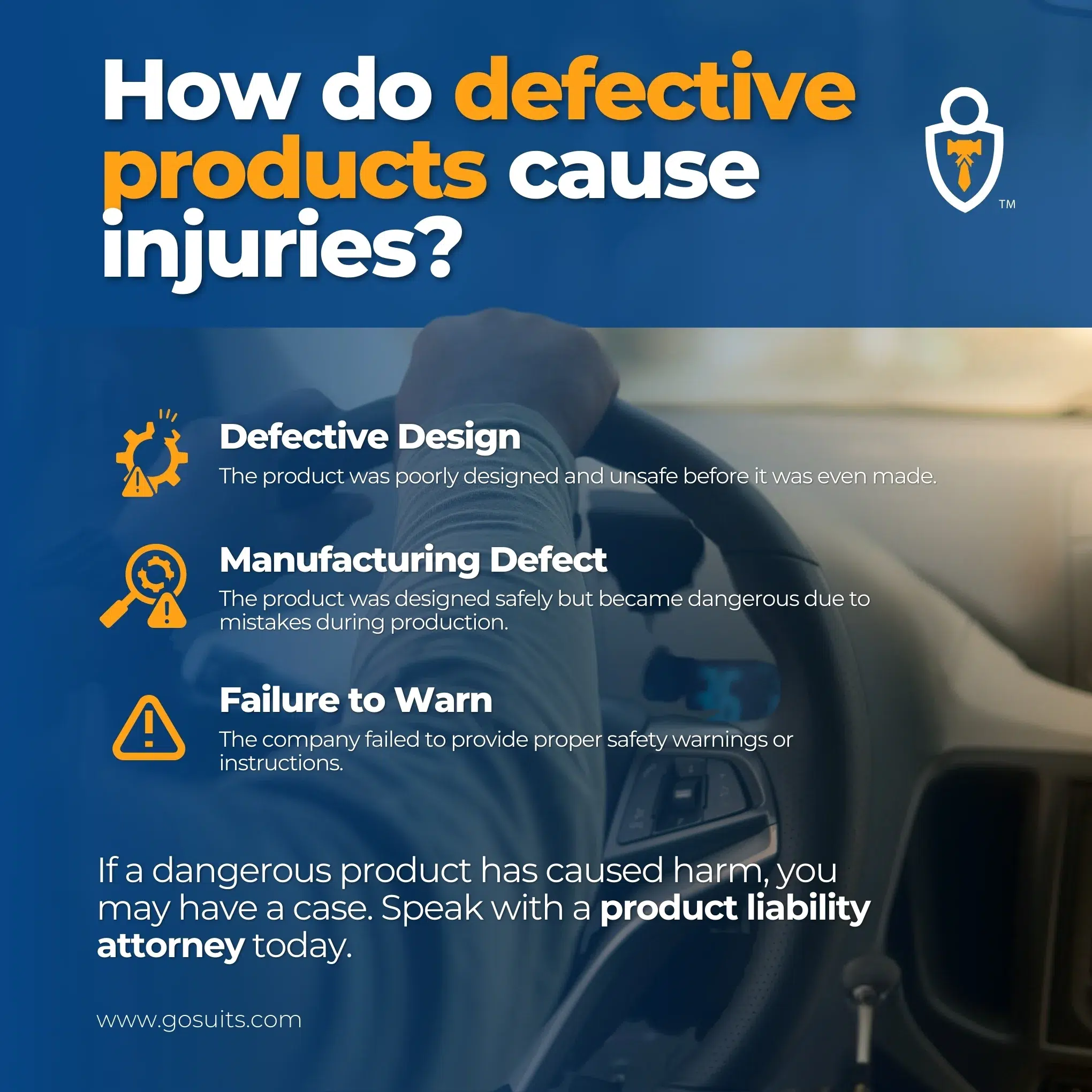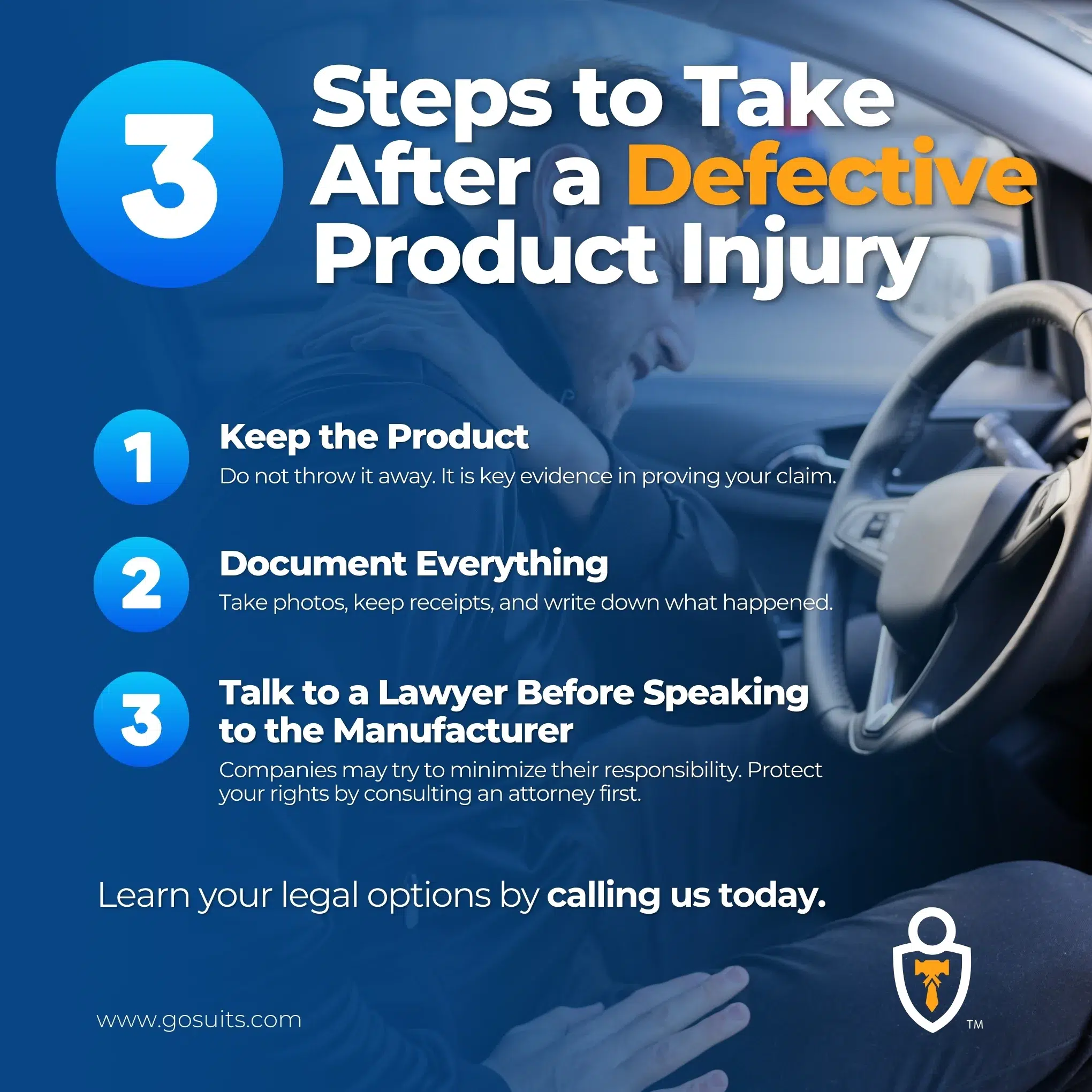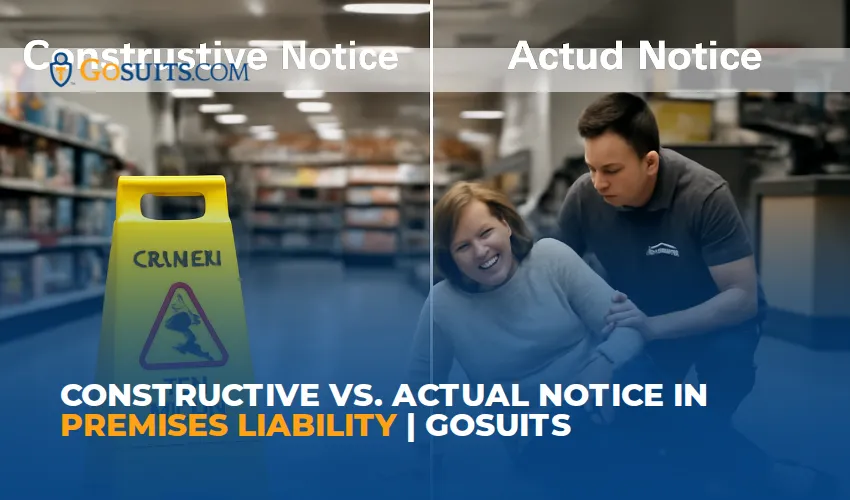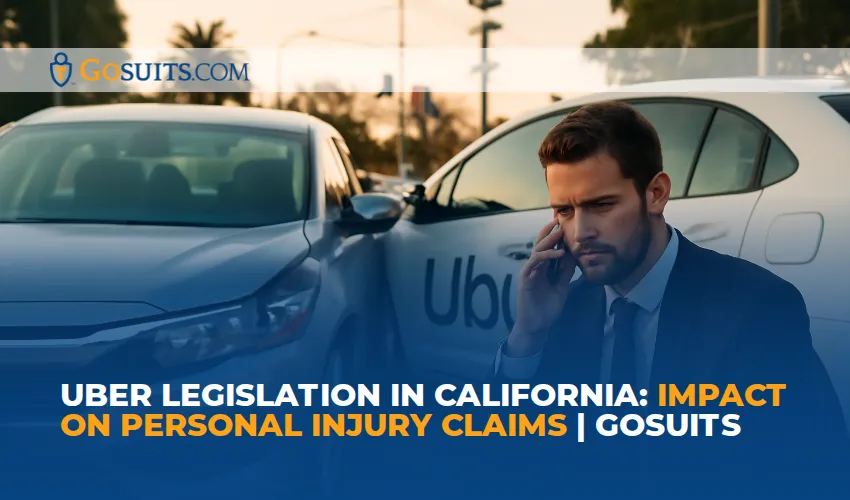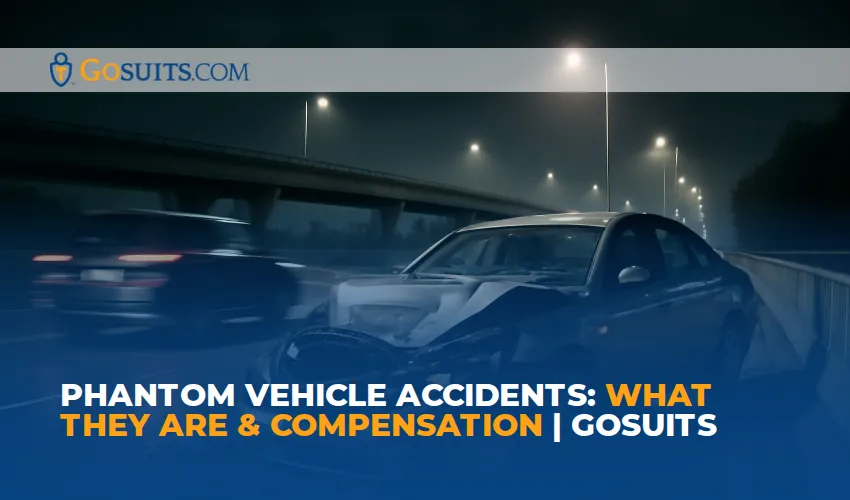When you buy a product, you expect it to be safe to use. Whether it’s a household item, a car part, or a medical device, there’s a basic level of trust that manufacturers and sellers won’t put unsafe products into the marketplace. But when that trust is broken, the consequences can be severe.
A product liability claim arises when a defective product causes harm. Unlike other types of injury cases, these claims often fall under strict liability, meaning that a company may be responsible for injuries caused by its product, regardless of whether it was negligent. Beyond individual cases, product liability laws serve a larger purpose. Holding companies responsible for unsafe products can lead to stronger safety standards and better consumer protections. Understanding how these claims work is key to recognizing the role they play in preventing future harm.
How Do Defective Products Lead to Harm?
Defects in products generally fall into three categories: manufacturing defects, design defects, and marketing defects.
- A manufacturing defect happens when a product that should be safe becomes dangerous due to an error in production. A contaminated batch of medication, a structural flaw in a ladder, or a car brake system that wasn’t installed correctly are all examples. The issue isn’t with the product’s design—it’s with something that went wrong while making it.
- A design defect means that the product was flawed from the start. Unlike manufacturing defects, which only affect certain batches, a defective design makes every unit of the product unsafe. A power tool that overheats, a vehicle that rolls over too easily, or a medical device that wears down too quickly are all examples of design flaws that put people at risk.
- A marketing defect involves a failure to provide necessary warnings or instructions. Some products carry risks even when used correctly, and it’s the manufacturer’s responsibility to inform consumers about them. If a prescription drug does not include proper warnings about serious side effects or a household cleaner lacks clear safety instructions, these missing details can cause serious harm.
Who Can Be Held Responsible for a Dangerous Product?
The responsibility for a defective product can extend across multiple entities in the supply chain, including:
- Manufacturers – The company that designed or produced the defective product may be responsible if the product was made incorrectly or had an unsafe design.
- Distributors and Wholesalers – If an unsafe product is distributed and sold despite known risks, these entities may also be involved.
- Retailers – Stores that sell a dangerous product can also be part of a claim, specifically if they continued selling an item that had known defects or recalls.
Determining liability requires understanding where the defect originated and which parties were involved in getting the product to consumers. Each case is different, and liability may fall on one or multiple entities depending on the circumstances.
What Compensation Is Available in a Product Liability Case?
When a defective product causes harm, the consequences extend beyond the initial injury. The costs of medical treatment, time off work, and long-term health effects can be overwhelming. The law allows individuals to pursue claims that address these losses.
In a product liability case, compensation may cover:
- Medical Expenses – This can include hospital bills, surgeries, rehabilitation, and any long-term medical care required because of the injury.
- Lost Income – If an injury prevents a person from working, lost wages and diminished earning capacity may be factored into the claim.
- Pain and Suffering – Physical pain, emotional distress, and the impact on daily life are considered in these cases.
Each case is unique, and the details of what can be recovered depend on the specific circumstances of the injury and the product involved.

What Challenges Can Arise in Product Liability Cases?
Proving that a defective product directly caused an injury is one of the biggest challenges in product liability cases. Companies may argue that the product was misused or that another factor caused the harm. Establishing clear evidence connecting the defect to the injury is critical.
Another challenge is the statute of limitations, which sets a time limit on how long a claim can be filed. These deadlines vary by state, and missing them may prevent legal action. Because of this, knowing the applicable time frame is essential.
Manufacturers and retailers often have legal teams dedicated to defending against claims. They may argue that the injury wasn’t caused by the defect, that the product was used incorrectly, or that it meets industry safety standards. These cases require analyzing technical details, safety standards, and medical evidence to address such defenses.
Why Is Legal Representation Important in a Product Liability Case?
Handling a product liability case requires a strong understanding of both the legal and technical aspects of defective products. These cases often involve expert testimony, medical evaluations, and technical analysis to demonstrate how the defect caused harm. In many cases, experts such as engineers, safety specialists, and medical professionals play a role in identifying how and why a product failed. Their analysis can provide key evidence in establishing the connection between the defect and the injury.
Beyond proving liability, negotiating with manufacturers and insurance companies is another challenge. Many companies have legal teams focused on reducing their financial liability. Handling negotiations and legal proceedings requires a deep understanding of product safety laws and industry standards.
These cases are not just about individual recovery. They can also highlight safety concerns and lead to improvements in product safety standards. Many product recalls and regulatory changes have come from legal action taken after unsafe products caused harm.

Final Thoughts
When a defective product causes harm, the legal system provides a way to address the consequences. Understanding how product liability claims work, the challenges involved, the benefits of working with a product liability attorney, and the factors that determine responsibility can help individuals make informed decisions. While every case is different, product liability laws exist to promote accountability and consumer safety.
